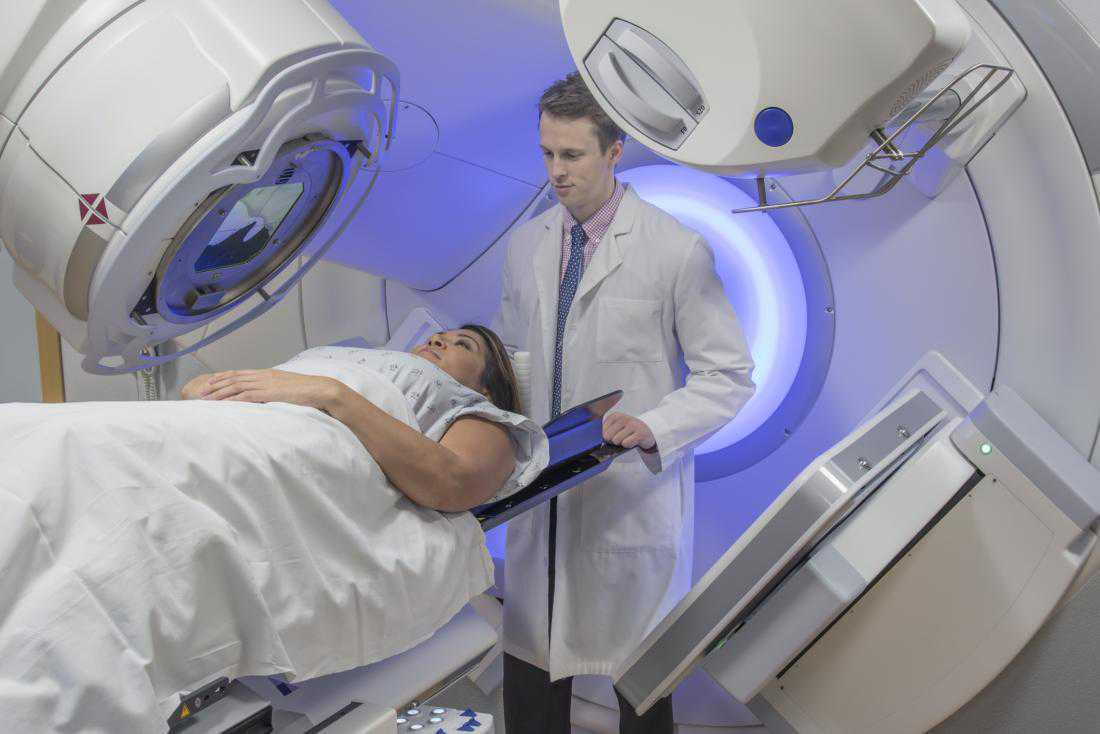How proton radiotherapy can kill cancer in milliseconds
14 January, 2020

New research in mice shows "for the first time" that scientists can use protons to administer radiation therapy in a matter of milliseconds, killing cancer cells while protecting healthy tissue.
Over half of the people with a cancer diagnosis receive radiation therapy.
Radiation damages the DNA of cancer cells, either slowing their progression or killing them.
However, this is a slow process; radiation does not destroy cancer cells right away — sometimes it takes weeks of treatment to damage the DNA of the cells enough to kill them.
A further reason why radiation treatment can take several weeks is that the therapy is most likely to succeed when cancer cells are growing and dividing into new cells.
So, spreading the treatment over a long period increases the chances that the radiation will target cancer cells when they are in a growing phase.
New research in mice shows "for the first time" that scientists can use protons to administer radiation therapy in a matter of milliseconds, killing cancer cells while protecting healthy tissue.
A proton-based FLASH session of radiotherapy could kill cancer in milliseconds, research suggests.
Over half of the people with a cancer diagnosis receive radiation therapy.
Radiation damages the DNA of cancer cells, either slowing their progression or killing them.
However, this is a slow process; radiation does not destroy cancer cells right away — sometimes it takes weeks of treatment to damage the DNA of the cells enough to kill them.
A further reason why radiation treatment can take several weeks is that the therapy is most likely to succeed when cancer cells are growing and dividing into new cells.
So, spreading the treatment over a long period increases the chances that the radiation will target cancer cells when they are in a growing phase.
Finally, administering radiation in small, daily doses helps protect healthy cells by giving them more time to repair.
But new research suggests that there may be a way to administer radiation at record speed while also protecting healthy tissue.
The innovative technique is called FLASH, or ultra-high dose rate radiotherapy, and according to previous research, it uses electrons to minimize healthy tissue damage while targeting tumors.
Importantly, FLASH allegedly achieves these effects in less than a second, which could cut down the duration of radiation sessions exponentially.
The new study shows how using proton radiation instead of electrons or photons, along with other technical adjustments, can turn FLASH into a powerful tool that can deliver radiation in milliseconds.
Dr. James M. Metz, director of the Roberts Proton Therapy Center and Chair of Radiation Oncology at the University of Pennsylvania, in Philadelphia, is the co-senior and corresponding author of the new study, which appears in the International Journal of Radiation Oncology, Biology, and Physics.
Source: www.medicalnewstoday.com
TAG(s):
